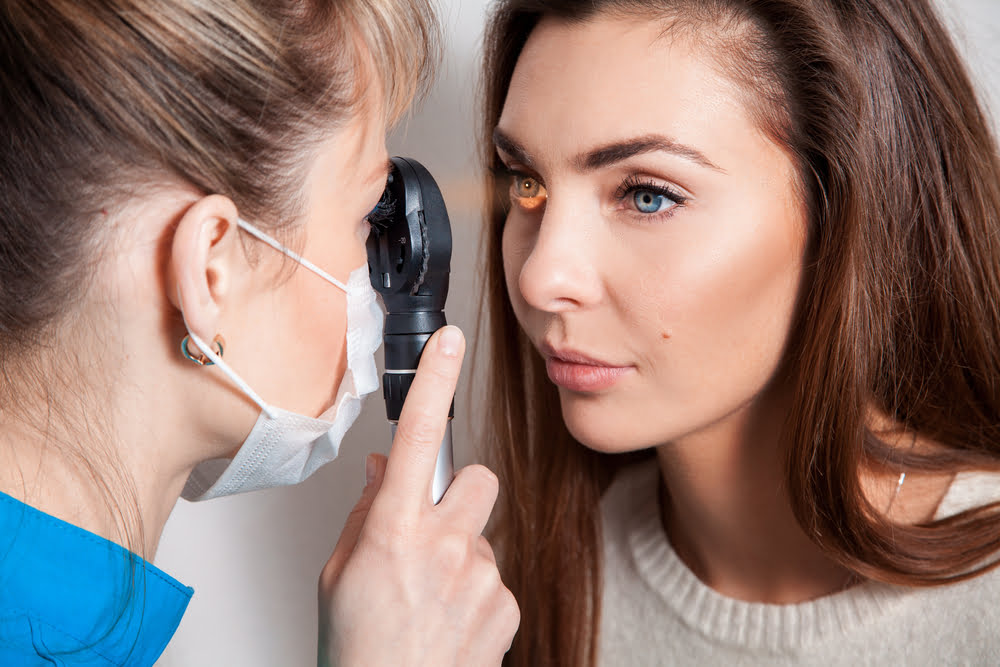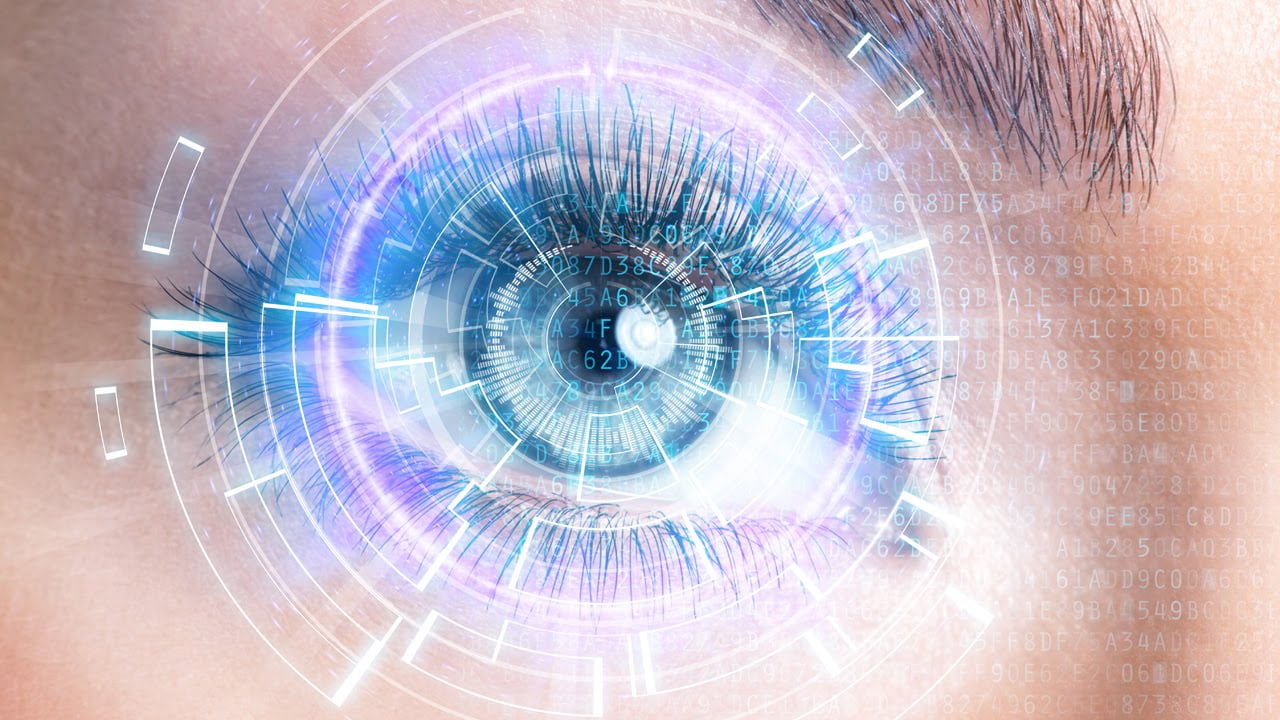The Cost of PRK Eye Surgery in Iran
The cost of PRK eye surgery is significantly lower in Iran compared to other countries. For example, the average cost of PRK surgery in the United States is around $3,000 per eye, while in Iran, the PRK eye surgery cost is around $800 per eye. It should be noted that depending on the surgeon’s reputation and level of expertise, the complexity of the operation, and the eye care center, the price might be slightly different.
The Procedures of PRK Eye Surgery in Iran

From the preliminary consultation all the way through the post-operative appointments, we are there for each and every one of our patients throughout the PRK treatment. Our patients have access to the finest medical treatments, and we work hard to ensure their recovery goes off without a hitch.
PRK vs LASIK: The Difference Between LASIK and PRK
PRK (Photorefractive Keratomileusis) eye surgery is an effective and safe treatment for refractive errors. With proper screening and an experienced eye surgeon, many patients can achieve improved vision and a better quality of life. Over the last several years, PRK eye surgery has gained popularity as a LASIK alternative. Before deciding which choice is best for you, it’s crucial to keep in mind that the process differs from LASIK in a few ways. In contrast to LASIK surgery, PRK does not include the creation of a corneal flap by the ophthalmologist. Instead, the cornea’s epithelium (outer layer) is entirely removed. The cornea is then reshaped using a laser to address the eyesight issue.
A “bandage” contact lens is applied to the eye to protect it during the healing process after the laser treatment. Even while the epithelium typically comes back in 4–5 days, it might take up to a week for the wound to fully recover.
There are advantages and disadvantages to both LASIK and PRK eye surgery methods. The absence of a corneal flap after PRK eye surgery is an advantage. This indicates that PRK surgery completely eliminates the danger of certain potential LASIK flap-related issues.
On the other hand, PRK eye surgery recovery time may be longer than that of LASIK, and it may take many months for the final results to stabilize. It’s also crucial to remember that people with specific corneal diseases or those who have had prior eye surgery are typically not candidates for PRK.
As a medical tourism agency, we have extensive expertise doing PRK eye surgery, and we do believe that it is a safe and successful option for people who are interested in correcting refractive issues. We use the most up-to-date technology and equipment to provide our patients with services of the highest possible quality.
Within the realm of ophthalmology, we provide our patients with the very finest services that are at our disposal. Because of our commitment to providing exceptional services, we have become one of the most well-regarded providers of eye care services in Iran.
As part of our health tourism in Iran, we make it our mission to ensure that every patient receives uncomplicated, pleasant, and trustworthy treatment. When it comes to something as significant as the eyesight of our patients, we spare no effort in offering services of the highest possible standards. At MedPalTrip, we are dedicated to providing our patients with the highest quality eye care services, regardless of the specific requirements of their conditions.
How to Prepare for PRK Eye Surgery
If you are planning to undergo PRK eye surgery, there are several steps you can take to prepare for the procedure and ensure the best possible outcome:
Things To Do Before PRK Surgery
- Consult with your eye doctor: Before undergoing PRK surgery, it’s important to consult with your eye doctor to determine whether you are a good candidate for the procedure. Your doctor will evaluate your eye health, review your medical history, and discuss any potential risks or complications associated with the surgery.
- Stop wearing contact lenses: If you wear contact lenses, you must temporarily stop wearing them before the procedure. The length of time will depend on the type of lenses you wear, but your eye doctor will provide specific instructions.
- Arrange transportation: PRK surgery is typically performed on an outpatient basis, but you must arrange for someone to drive you home after the procedure as your vision may be blurry or impaired.
- Stop using certain medications: In the weeks leading up to the surgery, you may need to stop using certain medications that can increase the risk of bleeding or affect your healing ability. Your doctor will provide specific instructions.
- Avoid alcohol and smoking: Alcohol and smoking can affect your ability to heal properly after surgery. Therefore, avoiding them in the days and weeks leading up to the procedure is highly important.
- Follow pre-operative instructions: Your eye doctor will provide you with specific pre-operative instructions to follow in the days and weeks leading up to the surgery. Following these instructions carefully is important to ensure the best possible outcome.
By following the steps mentioned above and working closely with our eye doctors, you can help to ensure a safe and successful PRK surgery.
Things To Do on the PRK Surgery Day

- Take all medications as normally prescribed before the surgery.
- Before and after surgery, you are able to eat and drink normally. However, keep in mind that you will be in the operation room for about 20 minutes, during which you cannot use the restroom.
- Use of any fragrance-containing cosmetics items is strictly prohibited due to the possibility of particles that may affect the laser.
- Wear comfortable clothes for your procedure. If you are sensitive to cold, you may want to bring a sweater to wear in the laser suite.
The surgery center will provide you with a kit of postoperative supplies that includes all the drops and other products you’ll require after treatment.
Things To Do During the PRK Recovery Period
- A bandage contact lens is placed on your eye(s) for comfort. It is typically removed on the 7th day by the doctor. You should not reinsert the lens if it comes out. On your post-operative visit, a new lens will be provided.
- When you get home (or within two hours of surgery), start your post-operative drops.
- You are required to take a nap when you get home, or lie down for a while and close your eyes. During the first hours after surgery, use preservative-free lubricating drops every 15 minutes if you don’t sleep.
- After PRK surgery, dry eyes are very common, which is considered to be among the PRK eye surgery side effects. For at least one month after surgery, you must use preservative-free lubricating drops at least four times a day. If you use lubricating gels or stronger lubricating drops, the bandage contact lens may encounter some problems.
- You need to continue all other medications (pills, eye drops, etc.) as before surgery unless instructed otherwise.
- You should avoid rubbing your eyes for at least 1 month after surgery.
- After the operation, it’s normal to feel mild discomfort for the first week. Your eye(s) may feel slightly itchy, runny, or light-sensitive.
- After surgery, you are not allowed to go swimming or use a hot tub for at least two weeks. This lowers the chance of infection. You can take a shower but do not allow water to spray into your face directly.
- You might notice increased sensitivity to light. In that case, you need to wear sunglasses for a while.
- Avoid wearing any eye makeup for three days after surgery.
- You can resume most daily activities within 4-7 days after the surgery. During your first week of healing, you will be able to do some of your routine activities, but you still need to avoid working or driving.
FAQ
The followings are some of the frequently asked questions about PRK eye surgery:
Different types of surgeries are selected for patients based on clinical considerations. While both procedures are designed to achieve similar outcomes, there are some situations in which PRK may be a better choice than LASIK. Here are a few examples:
- Thin Corneas: PRK may be a better option for people with thin corneas, as the surgery removes less corneal tissue than LASIK.
- Occupation or Lifestyle: For people who engage in activities that increase the risk of eye injury or trauma, such as contact sports or military service, PRK may be a better option than LASIK, as it eliminates the risk of flap-related complications that can occur with LASIK.
- Dry Eye: PRK may be a better option for people with dry eye syndrome, as it does not create a corneal flap, which can exacerbate dry eye symptoms.
- Healing Time: PRK typically has a longer recovery time than LASIK, but for some people, such as those with jobs that require a quick return to normal activities or those who cannot tolerate the use of steroid eye drops, PRK may be a better option.
- Personal Preference: Ultimately, the decision to choose PRK or LASIK may come down to personal preference. Some people may prefer PRK because it does not involve creating a corneal flap, while others may prefer LASIK because of its faster recovery time.
The PRK surgery has varied effects on each person’s eyes, both during the procedure and when recovering. The vision of about 5% of PRK patients isn’t as clear as they had expected. In this case, we typically recommend an enhancement operation, which entails doing an additional PRK procedure for the little residual correction. If you do require an improvement procedure, it is often carried out within six months after the initial operation. If your vision changes over time, an enhancement operation can potentially be carried out even years later.
The PRK surgery has varied effects on each person’s eyes, both during the procedure and when recovering. The vision of about 5% of PRK patients isn’t as clear as they had expected. In this case, we typically recommend an enhancement operation, which entails doing an additional PRK procedure for the little residual correction. If you do require an improvement procedure, it is often carried out within six months after the initial operation. If your vision changes over time, an enhancement operation can potentially be carried out even years later.
Patients who have had eye surgery in the past can still undergo PRK. These procedures can, however, be more challenging and they can even lead to unpredictable results. For example, PRK might be used following an older form of refractive surgery, radial keratotomy (RK). In RK surgery, the cornea is flattened by making small, spokelike incisions around its periphery to correct myopia and astigmatism. As long as the patient’s vision is stable and correctable with glasses, PRK performed after RK can be successful.
Because the recovery from PRK is relatively slow, some patients choose to only have one eye treated at a time. While the first eye heals, these patients rely on the unoperated eye. The second eye is then operated. To avoid having to go through the treatment and recovery twice, the majority of patients prefer to have both their eyes operated at once. In general, the decision is yours, and you shouldn’t feel compelled to choose one way or the other.

